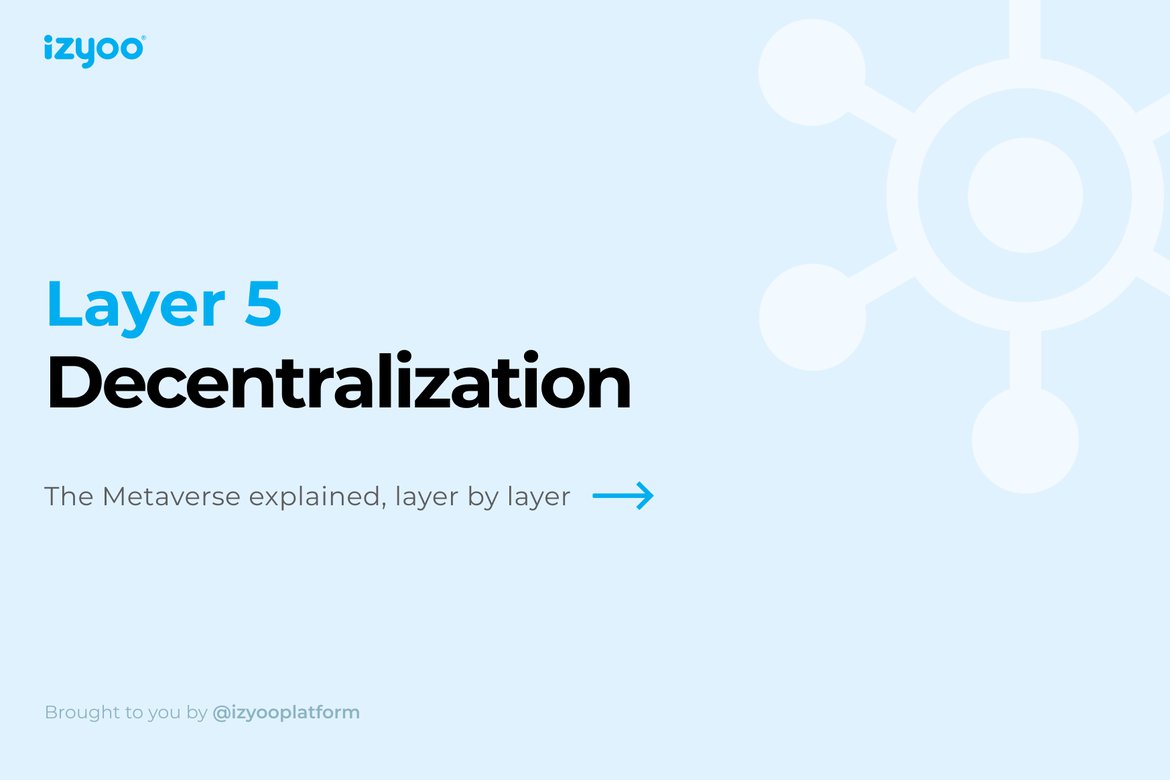
The idea of a metaverse has gained significant traction since it was first introduced. While the concept is often linked with non-fungible tokens (NFT) and cryptocurrencies, supporters of the metaverse are calling it the next iteration of the Internet.
Conceptualized to be largely supported by blockchain technology, the metaverse shall belong to no one and everyone at the same time. This relates to one of the 7 layers of metaverse which is also what we’ll be discussing today. Without further ado, let us take a closer look at layer 5—Decentralization.
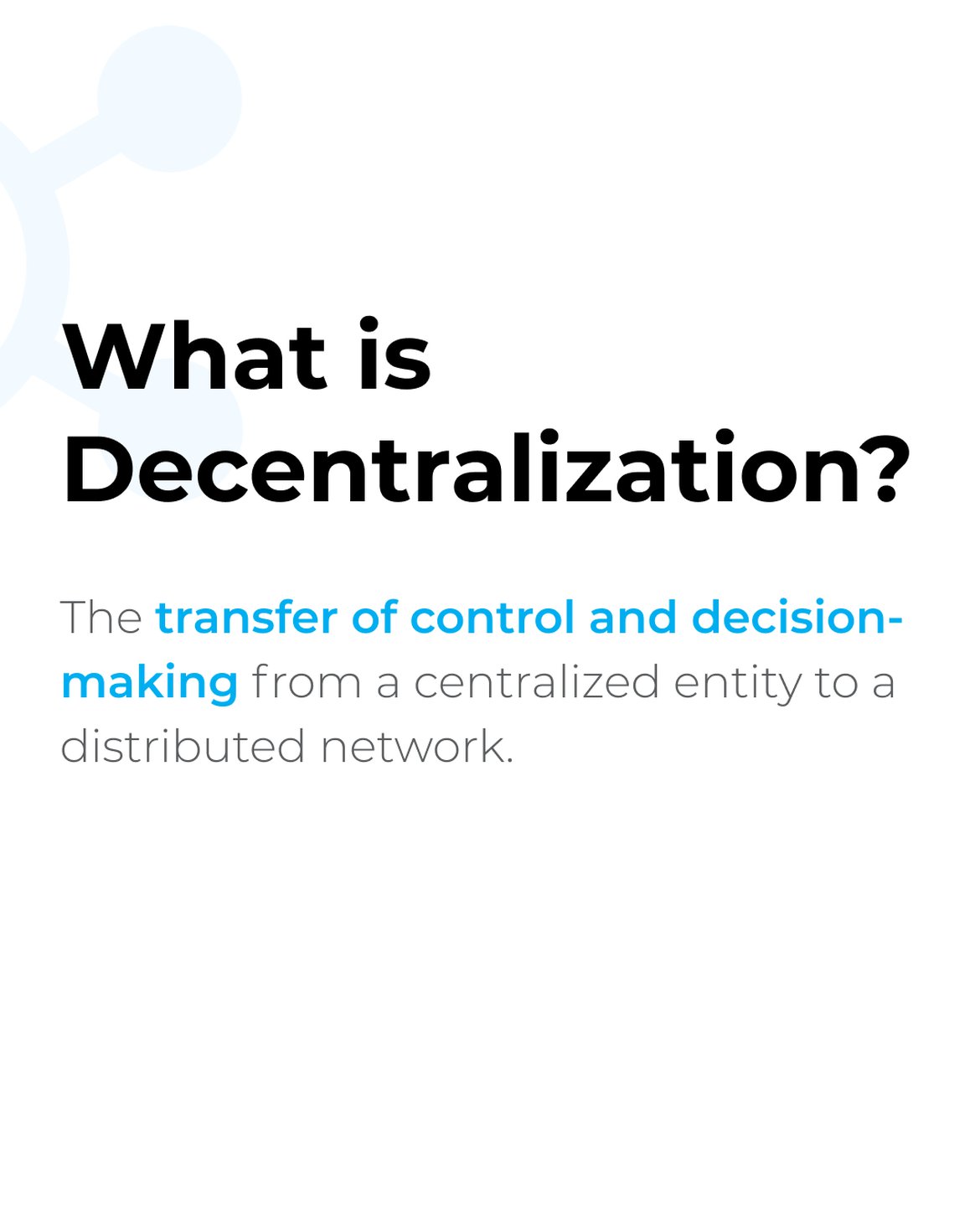
Layer 5: Decentralization
Decentralized is the process by which the activities of an organization are distributed or delegated away from a central, authoritative location or group.
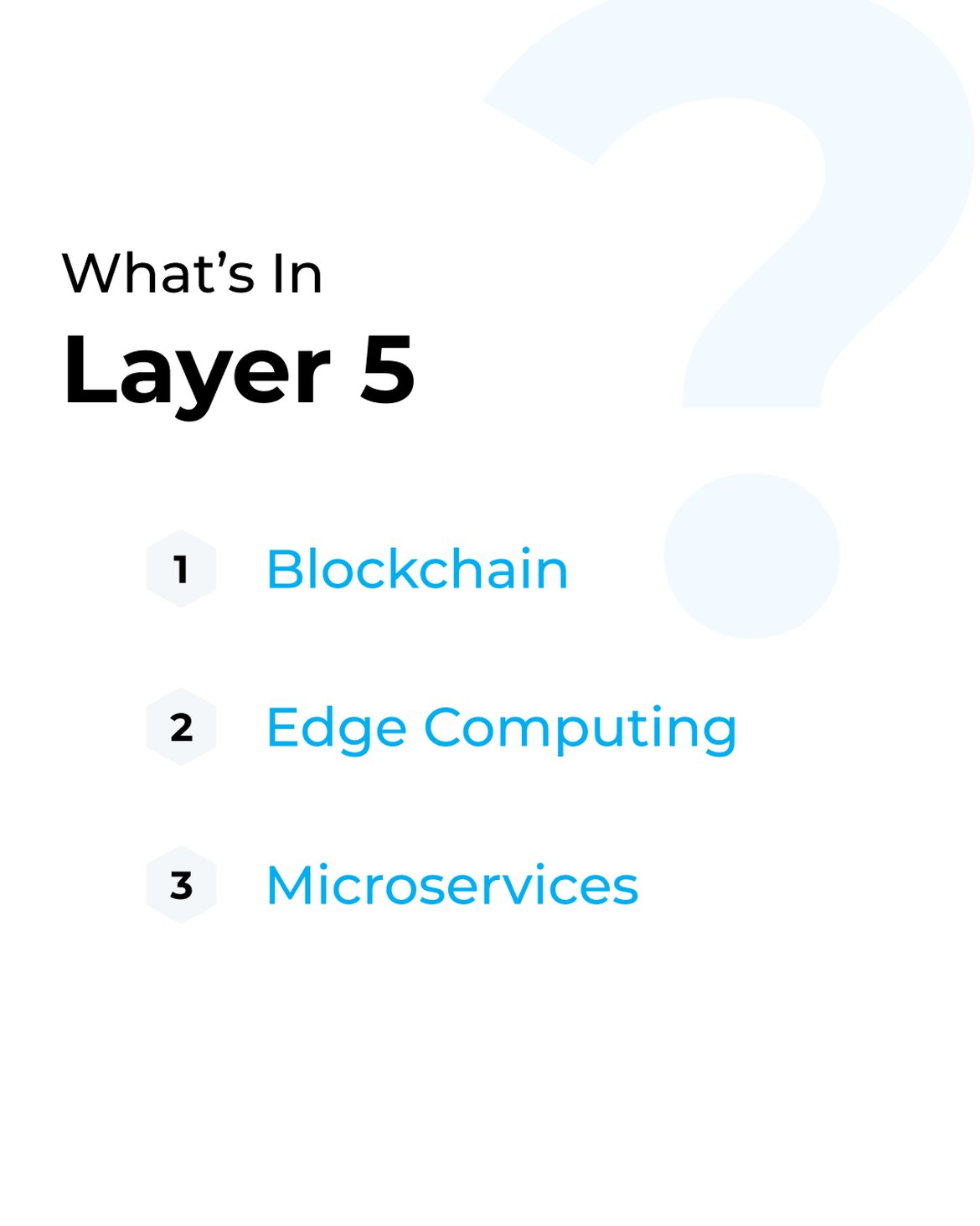
Layer 5: Decentralization
One of the key features of the metaverse is for creators to own their data and products. Thus, rather than having the metaverse controlled by a single entity, the metaverse is expected and deemed ideal to be decentralized, open and distributed. This layer may include blockchain, edge computing and microservices.
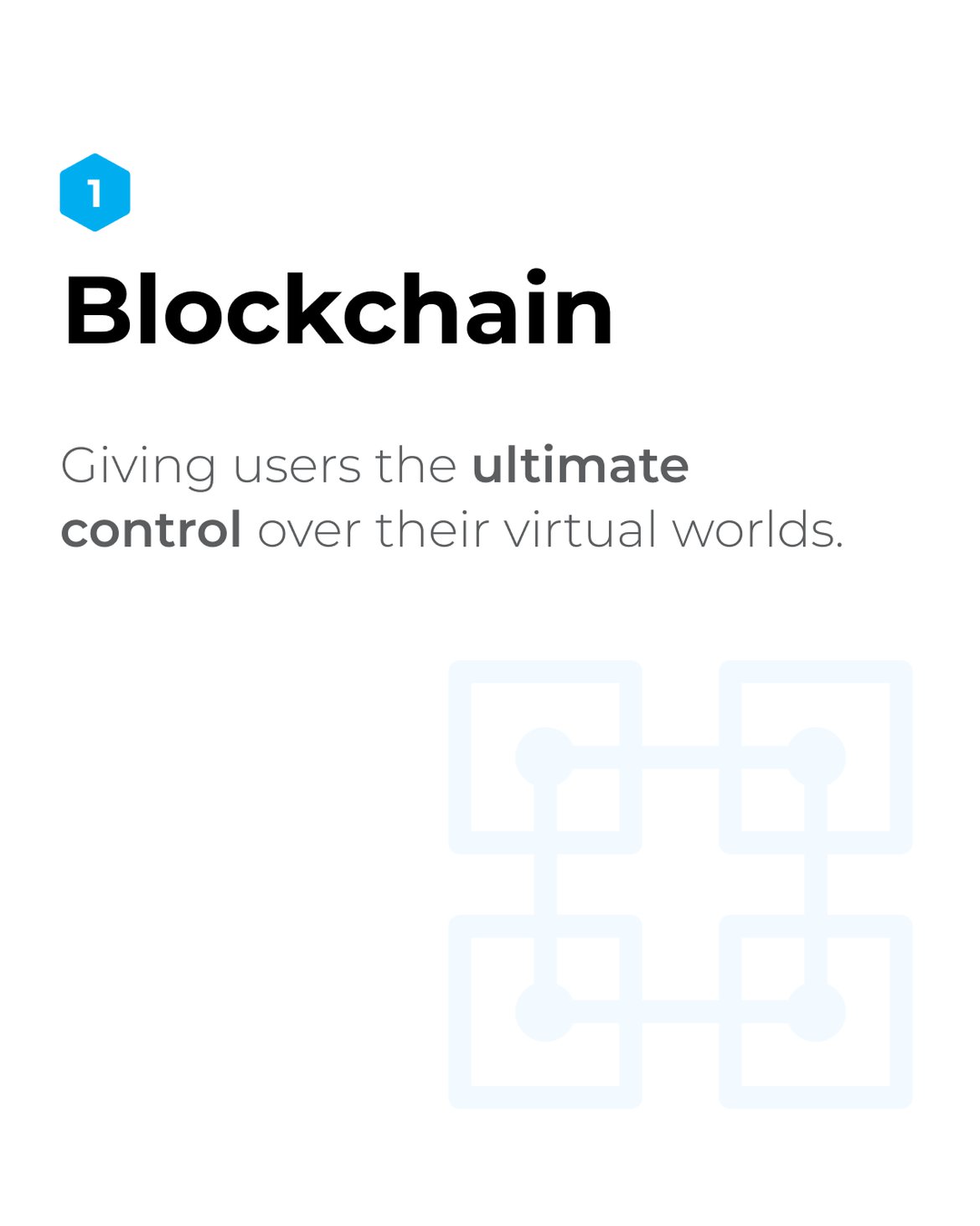
Example #1
Blockchain technology has enabled users to interact with online services in a decentralized manner. In such a setting, data ownership, permissionless and peer-to-peer transactions are all made possible. Such technology has already been adopted in the markets of NFTs, cryptocurrencies, decentralized finance (DeFi) and many more.
Already, many virtual platforms such as Decentraland , The Sandbox and Somnium Space have been built on the Ethereum blockchain. Such platforms even allow users to vote for policy changes and to shape a world of their own. Besides, in-game assets are mostly tokenised, which gives users full control over their virtual world and possessions.
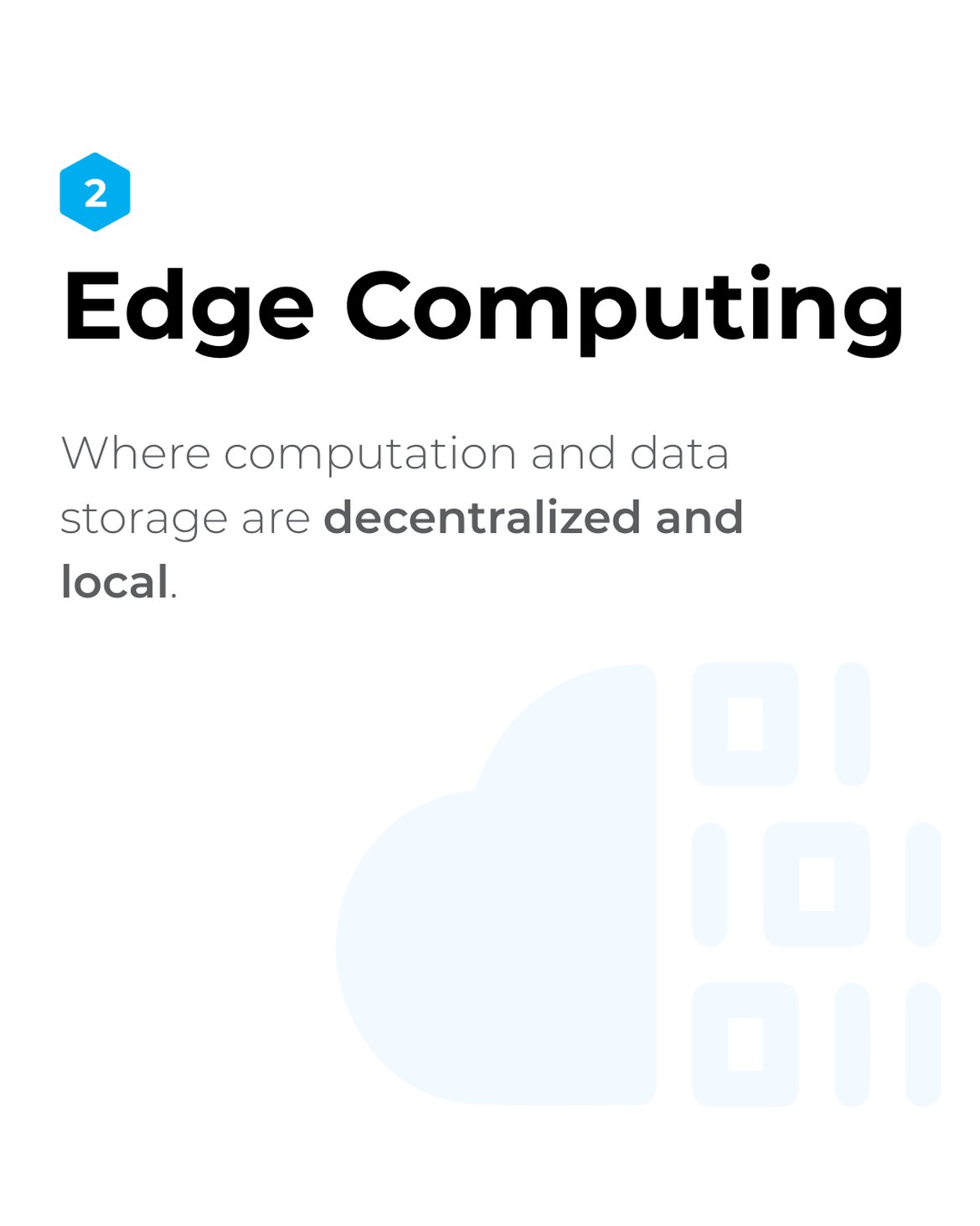
Example #2
Edge computing is a decentralized computing infrastructure involving the practice of capturing, storing, processing and analyzing data as near as possible to the originating source. Instead of using a centralized data-processing warehouse, edge computing decentralizes bandwidth-intensive data and latency-sensitive applications. Through this, enterprises can acquire, analyze and act on data based on real-time feedback.
Some of the use examples of edge computing are remote monitoring, cloud gaming, smart homes, autonomous vehicles and predictive maintenance.
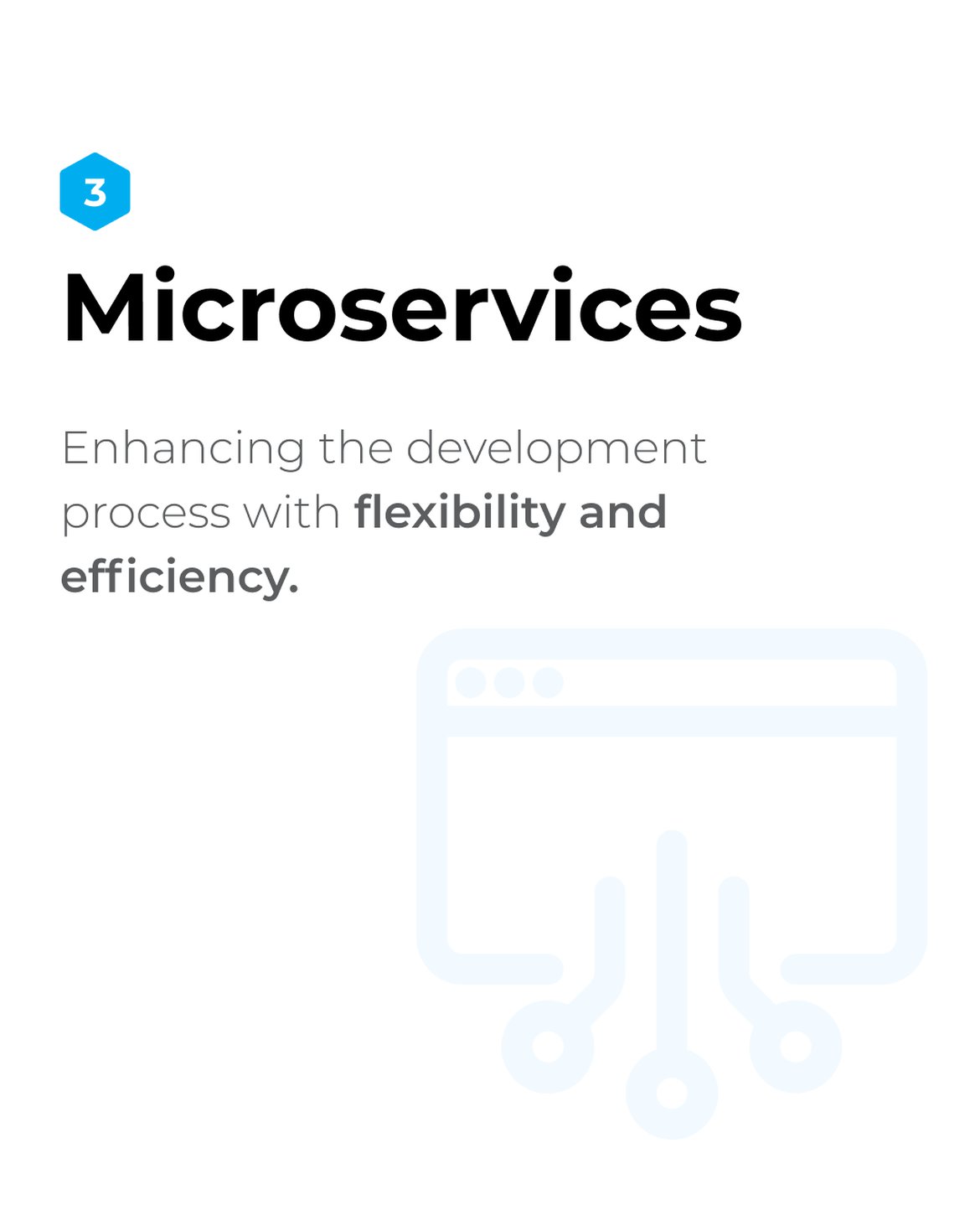
Example #3
Microservices run on decentralized governance and give developers the flexibility to develop software components using different stacks. Using microservices, applications can be built as a collection of various smallest independent service units and modules can be independently deployed and operated.
For instance, instead of forcing the entire team to use a single coding language for the entire project, development teams can use different coding languages that they find suitable for each module.
Some of the most innovative and profitable enterprises in the world such as Amazon, Netflix, Uber, and Etsy have been using microservices tools like Docker, Hystrix and Wiremock.
原文:https://www.facebook.com/iZyooPlatform/photos/pcb.5201866219880548/5201941149873055

